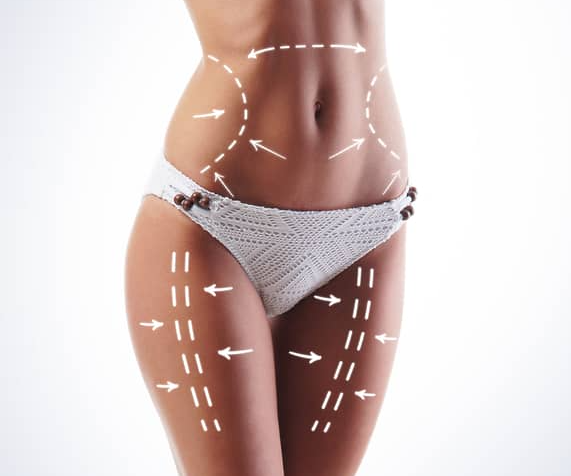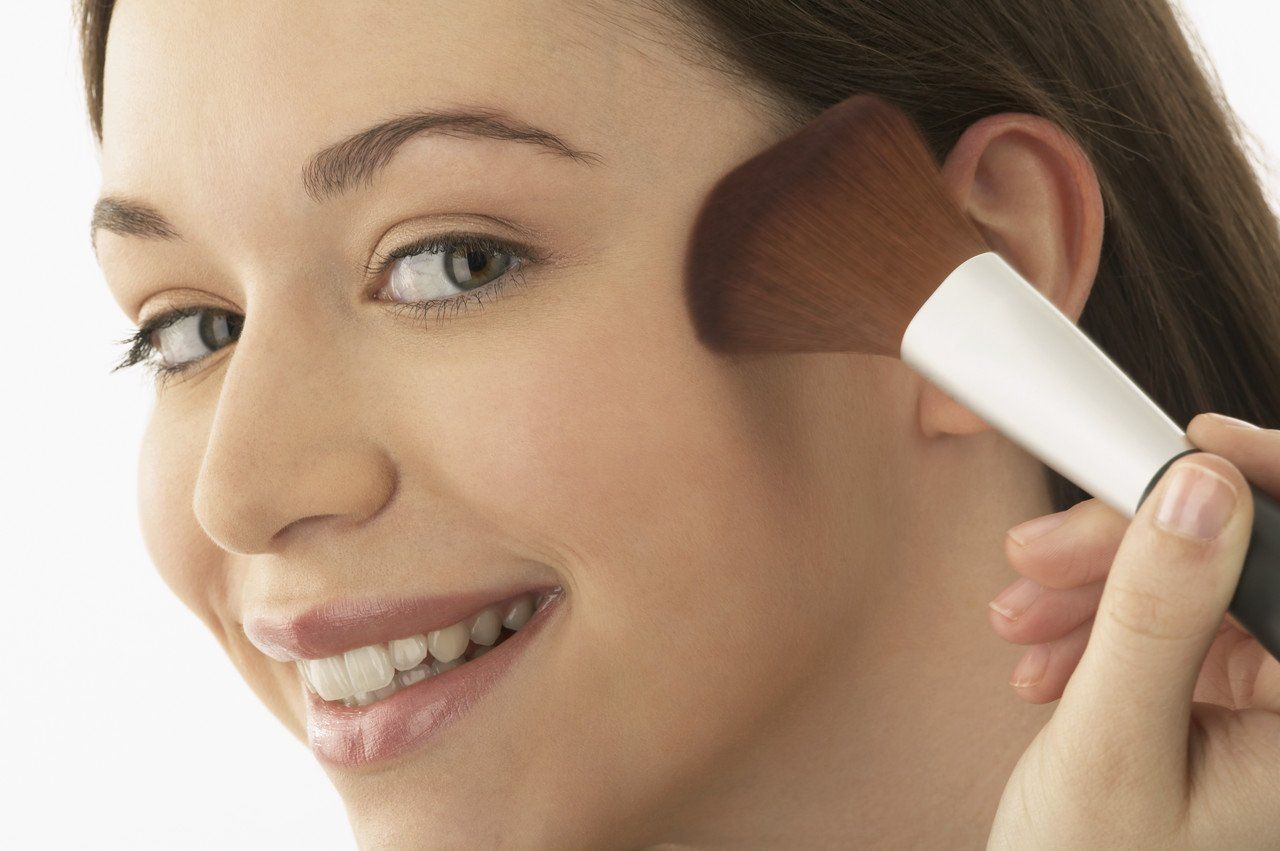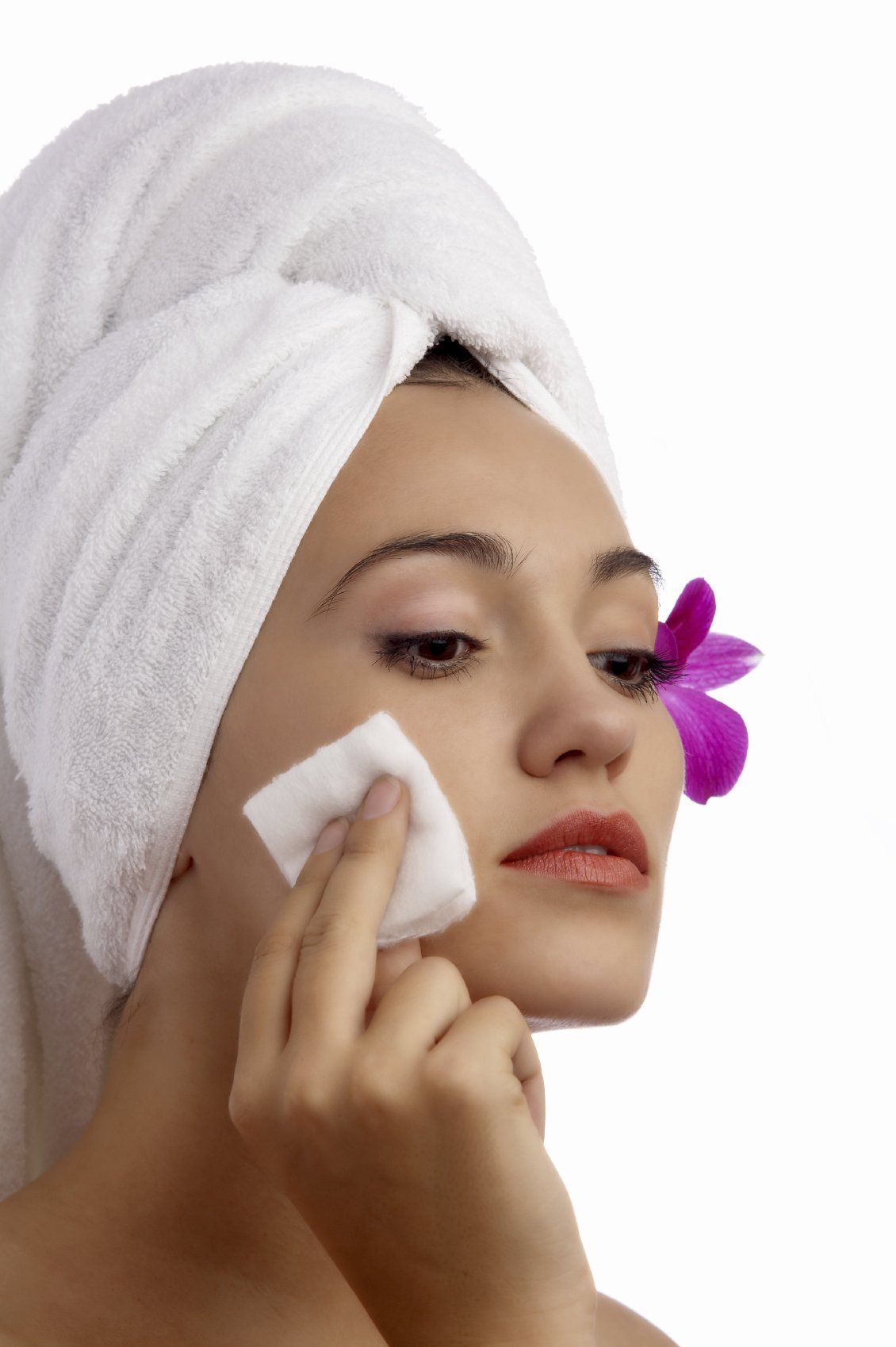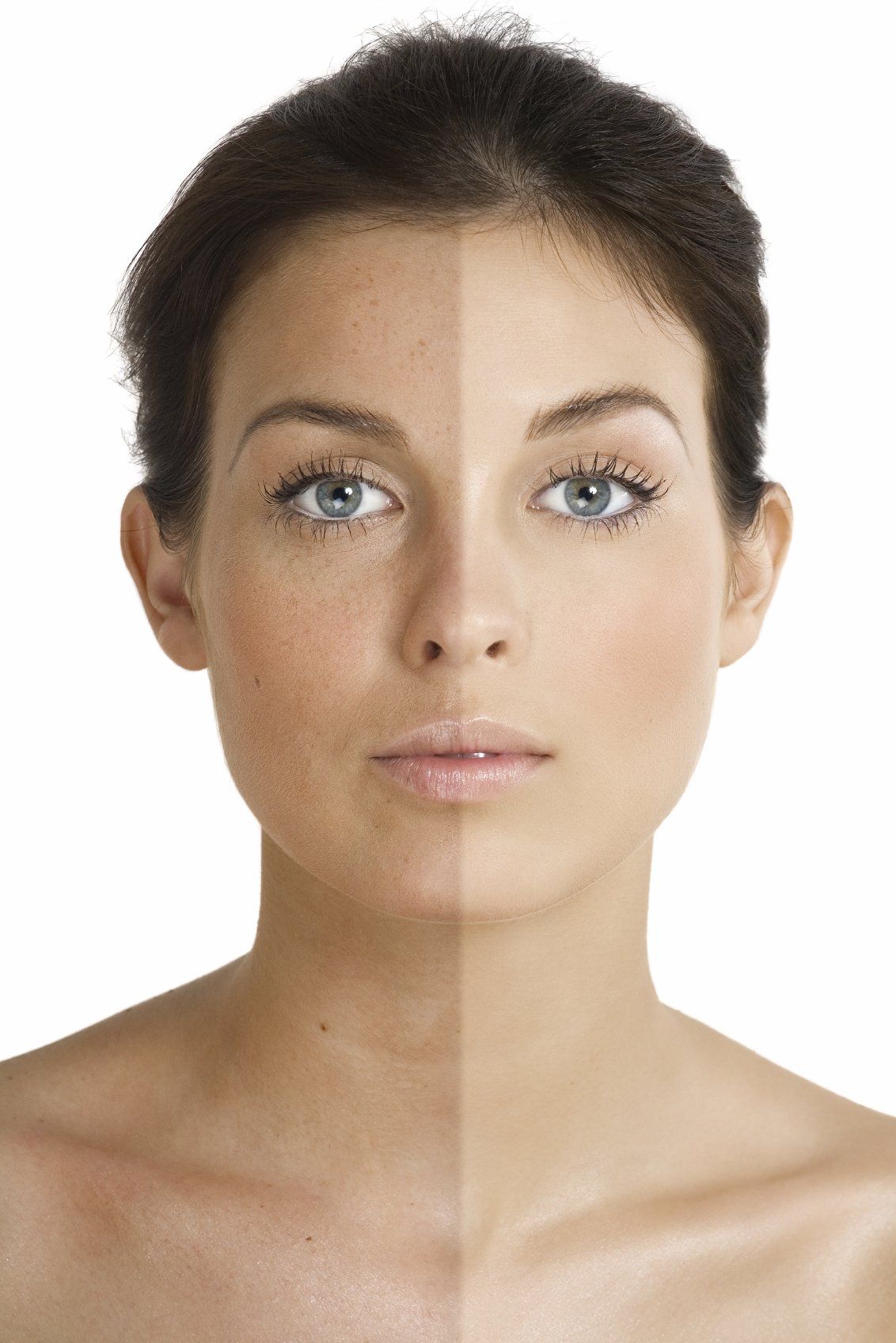
Botox offers a number of physical and psychological benefits to women and men of all ages. If you're seeking to improve your appearance and look younger without surgery, Botox is a non-invasive injectable that will solve a number of health challenges that come along with aging. By gently paralyzing the underlying forehead and eye muscles, it reduces fine lines and wrinkles with added benefits. Beyond the cosmetic and aesthetic satisfaction, versatile Botox injections can also treat or even relieve bothersome, and annoying conditions. Many use Botox to treat underarm sweating, muscular dysfunctioning, bladder or bowel incontinence, neck pain, and eye issues. In other words, this mild, out-patient treatment alleviates the discomfort and insecurities related to aging. Here we’ll discuss its origin and the many uses of this modern, anti-aging super-nova. What Are the Major Benefits of Botox? Most patients think that Botox is an injectable treatment primarily used to combat the signs and symptoms of aging, however, there are many other uses that just might surprise you. Botox has a strange backstory. Its origins stem from the neurotoxin (clostridium botulinum bacteria) which is sometimes found in soil. It causes botulism, a paralyzing food poisoning when ingested. However, in the 1970s botox was introduced to the medical world as a healing remedy for all sorts of physical ailments. Originally, scientists and researchers experimented with the product to treat crossed eyes. They noticed that it weakened forehead muscles located between the eyes (the glabella) and additionally reduced scowling and brow wrinkling. Where Did It Come From? Botox Cosmetic is a patented form of purified botulinum toxin, type A. In 1989, Botox was approved for medical uses, like the treatment of crossed eyes and relief of neck spasms or contracture. It's been FDA-approved for cosmetic "between the brow" (glabella) injection since in 2002. Approval for crow's feet came in 2013, although it has been used for this purpose for many years. Today, it's extremely helpful for reducing the frequency of migraines (migraine management). It can also be used as a preventative measure before fine lines and wrinkles form. By preventing skin exposure to repeated muscle movements, you'll slow down the aging process. How Does Botox Work? Botox, no matter what condition it's used for, is considered a neuromodulator. This means that the toxin temporarily paralyzes or "freezes" carefully targeted muscle groups. Muscle movement will return over a period of months, but this is a great "touch up" procedure with no scarring or residual damage to the skin or muscle tissue. Botox prevents the release of a muscle-activating neurotransmitter called acetylcholine--and briefly stops muscle activity in the targeted area. Nerves slowly regenerate over a period of months, eventually causing the lines to reappear. Similar neuromodulating injectables include the branded products Xeomin Aesthetic and Dysport. These are still purified botulinum toxin type A, but of a slightly different type and concentration, with different dosing required for each. It takes about 2 weeks for your Botox injections to achieve optimal results. Results last from three to six months before you'll need to make another appointment. Botox Helps Patients Look and Feel Better Botox relaxes certain muscles in the forehead to reduce or fully eliminate scowling and wrinkling within a single appointment. Since you cannot wrinkle your brow, either on purpose or unconsciously, because the muscles won’t contract, you’re going to appear youthful and rejuvenated. Ultimately, with regular or biannual Botox injections, you are less likely to create patterns of wear and tear on your face over time. If you’re concerned with preserving your expressive brow, we can use a different pattern of injections and lower dosage. However, Botox works for prevention, reduction, and maintenance. When you come into our office for a consultation, we'll ask about your goals, desires, concerns, and past experiences tailoring a treatment plan to meet your individual needs. The Non-surgical Facelift Weight loss, aging, and chronic illness take a toll on the body. We recommend that you can combine a Botox treatment with facial fillers, like Juvederm. This duo will give you a "non-surgical facelift" for a fraction of the cost at most plastic surgery centers. During this treatment, Juvederm and similar facial fillers can assist in plumping saggy, or unattractive facial features. In addition, patients may request Botox (and fillers like Juvederm) as a preventative measure, to help delay the effects of aging. With a non-surgical facelift, we also use Juvederm to enhance certain facial features, for instance, to make cheekbones more prominent. Experts agree that facial injectibles are the true fountain of youth. Botox Treatment for Social Anxiety and Depression We do not prescribe or administer Botox to treat stress. However, Botox can relieve tension, thereby relieving psychological or musculoskeletal stress in the areas we treat. When anxiety and facial tension result from aging, grinding teeth, or pressure buildup in the face and jawline, Botox is an effective treatment remedy. It is very possible to treat stress-related conditions with Botox. Botox may help with social anxiety as well. Facial expressions are directly related to your mood. Your brain sends signals throughout your entire body when you feel fear, anger, and sadness - these signals result in muscle tension which leaves fine lines over time. Botox basically inhibits muscle contracture and calms down the nervous system. After a Botox procedure, it literally becomes more difficult to feel negative emotions and your entire physiology will change as a result. People who have had Botox injections, appear happier, healthier, and well-rested. Even when they're angry, tired, and irritated - it's hard to look in the mirror and remain in a bad mood. The Future of Botox The makers of Botox recently announced plans on testing the product as a treatment for depression. Previous studies showed that it was an effective and beneficial treatment for more than 50 percent of patients in the study. Overall, patients who have had Botox treatments express feeling more confident in social situations. They know they won’t have to cancel lunch with friends due to a painful headache. They don't feel embarrassed by the potential for excessive sweating at work, or on a date. These individuals mention that going out and attending events is just, easier. Spontaneity is more convenient and relaxed. They don’t have to scout out the location of bathrooms in every venue or bring a package of tissue wherever they go. Patients have also reported boosts in self-esteem because they feel better and look more attractive, younger, and well-rested. There aren't many downsides to getting Botox injections, as they pose no risk to your long-term health or cognitive functioning, and will not require you to be put under anesthesia.

Liposuction is the most common plastic surgery for both men and women in the United States. However, it is commonly misunderstood. Many people believe liposuction is a way to quickly reduce body weight or treat obesity. Instead, liposuction aims to reshape certain areas of the body that typically do not respond well to diet and/or exercise. Some of these “problem areas” are typically thighs, buttock, arms, abdomen, and breasts. So, what is liposuction? It’s a surgical procedure that removes fat in certain areas of your body using suction. This procedure uses cannulas, which are small and thin tubes with blunted tips. The surgeon will insert the cannulas through small incisions in the patient’s skin, and then fat is suctioned through the tubes as they target certain fat deposits under the skin. Lipo can be done using the traditional methods, or it can be assisted by ultrasound or laser, which both help to liquefy the fat before it is suctioned out. The Benefits of Liposuction: 1. It can enhance the shape and contour of your body as the procedure reduces fatty areas that are typically known as problem areas. 2. It may help to, or completely remove, lipomas, which are benign fatty tumors in certain areas of the body. 3. It can help men that suffer from gynecomastia (when men develop excessive amounts of fatty breast tissue) by removing the fatty breast tissue. 4. It can help treat lipodystrophy syndrome, which is when there is a fat metabolism disturbance in which there is excessive fat in some areas of the body, but none in others. 5. The effects of lipo can be very long-lasting so long as the patient’s weight does not greatly increase any time after the procedure. 6. Liposuction can improve your overall health due to the weight that is shed during the procedure. Typically, patients lose a total of 10 pounds or less. 7. It can help treat excessive sweating in the armpit areas, as well as chafing in other areas, such as the thighs. 8. The results are for the most part immediate, so you can enhance your appearance in as little as a day. Besides swelling, which may take a few weeks to subside, the enhancements are immediate. 9. It often influences a patient to develop/maintain better habits, such as exercise and good dieting, as the results of liposuction must be maintained. 10. It can improve a person’s well-being by improving severe imbalances and abnormalities in the body’s appearance. While it is not a substitute for a healthy living style, it can make you feel good. Not only can liposuction enhance your appearance, but it can also improve various aspects of your life such as overall wellbeing, chaffing, sweating, resolve lipodystrophy syndrome, and more. However, as always, you must consult a doctor to make sure liposuction is right for you. If you’re considering liposuction, speak with our board certified plastic surgeon to discuss your potential candidacy for this procedure.

This is a question we get asked quite often which is why we at Unmasked Cosmetics MD wanted to clear the air a bit. There are so many options to choose from when it comes to skin care. Go to any pharmacy or beauty supply store and you will be inundated with options. Medical grade are products that are required to be 99% pure and not contain fillers and other added ingredients. They are also more potent due to having higher concentrations of these ingredients. These products are strictly regulated by the FDA so you can trust that they are designed with your best interest in mind. The other component that makes medical grade products better is the manufacturers create these with data backed scientific studies and research so the claims they make are not marketing but truthful. Some medical grade products are more expensive but if it works and you have results you can see and are proud of it is well worth the cost. Plus, you will not have to use as much because the concentrations are higher and purer. We believe in our products and know that you will be a believer too!Unmask your skins potential with Unmasked Cosmetics MD.

